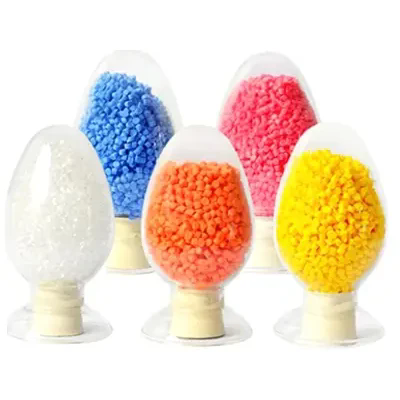Why Is TPE Material Becoming a Game-Changer in Modern Manufacturing?
2025-04-27
In the ever-evolving world of materials science, few innovations have had as significant an impact as Thermoplastic Elastomers (TPE). Combining the best characteristics of rubber and plastic, TPE is fast becoming the material of choice across a wide range of industries. But what makes TPE so special, and why is it gaining such widespread popularity?

TPE materials are unique because they combine the flexibility and elasticity of rubber with the processing advantages of thermoplastics. This means that TPE can be molded, extruded, or processed just like plastic, but it retains the durability, flexibility, and resilience of rubber. This versatility makes TPE ideal for applications where other materials might fall short. From automotive parts and medical devices to consumer electronics and household goods, TPE is finding its place in countless products that require both strength and flexibility.
One of the standout features of TPE is its recyclability. Unlike many other materials, TPE can be reprocessed and reused multiple times without losing its quality or performance. This makes it an eco-friendly option for manufacturers who are looking to reduce waste and minimize their environmental impact. As sustainability becomes an increasingly important factor in production, TPE provides an attractive alternative to traditional materials that are harder to recycle.
TPE’s ability to perform in a wide range of temperatures and environmental conditions further contributes to its popularity. It can withstand extreme temperatures, from hot to cold, without losing its structural integrity. This makes it suitable for use in industries like automotive, where parts are exposed to varying environmental factors, or medical fields, where sterility and durability are paramount.
The material’s versatility doesn’t end with temperature resistance. TPE is also highly customizable in terms of hardness, flexibility, and color. This ability to tailor the material to specific needs allows manufacturers to create products that meet the exact specifications for performance, aesthetics, and user comfort. Whether it’s the soft-touch grip on a handheld device or a durable, flexible seal for an appliance, TPE can be adjusted to meet a range of requirements.
TPE is also gaining traction in the medical industry due to its biocompatibility and safety. It is non-toxic, making it safe for use in applications such as baby products, medical tubing, and wound care. TPE’s ability to be sterilized makes it ideal for environments where hygiene is critical, and its soft yet resilient nature adds to the comfort and functionality of medical devices.
One of the reasons TPE is so sought after is its ability to combine the best qualities of multiple materials into a single product. It offers the strength, elasticity, and resistance of rubber but with the processing ease of plastic. Manufacturers are increasingly turning to TPE for applications where other materials simply cannot provide the same balance of properties, making it a game-changer in modern manufacturing.
As industries continue to demand materials that are more efficient, sustainable, and versatile, TPE is proving to be an essential component in the development of next-generation products. From its flexibility and recyclability to its resistance to temperature and its biocompatibility, TPE is redefining what’s possible in the world of manufacturing. As the demand for high-performance, environmentally friendly materials grows, TPE will undoubtedly continue to be at the forefront of innovation.


